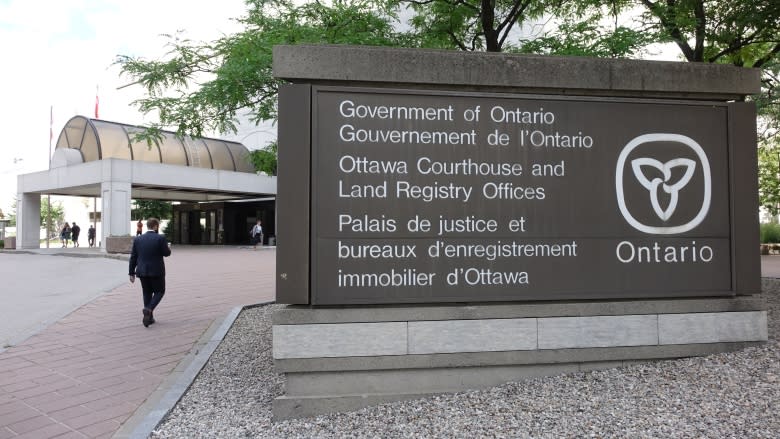Indigenous peoples courts: How they can help offenders
The idea of a courtroom for Indigenous people is a new concept for the City of Ottawa, but they have been around in other jurisdictions for years.
The first one opened in Toronto in 2001, but since then others have popped up in Thunder Bay and Brantford.
While few details have been publicly released about how the Ottawa court will operate, experts say they are key to steering Indigenous offenders onto a path of rehabilitation.
The Toronto-based Aboriginal Legal Services is funding two dedicated worker positions in Ottawa to assist Indigenous offenders as they navigate the criminal justice system.
The centre's program director, Jonathan Rudin, said each Indigenous peoples court operates differently but they all run on the same principles.
Sentencing circles
Some Indigenous courts are using sentencing circles, where the judge sits with the offender as well as elders and educators from the community, Rudin said.
"The offender usually speaks much more than they normally would ordinarily speak in court and the judge gets a better sense of not only the offender, but also the people who are close to the offender and what that person needs," he said.
"What the individual is hearing is some teaching or advice or a perspective from the elder about why they need to move off the path they are on. And it's a way of having people think differently about themselves."
Rudin recalled one case where a teenager, charged with breaking and entering into a home, was asked by those in the sentencing circle to empathize with his victim about the items he'd stolen from her. An elder reminded the teen how important his grandfather was in his life and the accused told court he would have been devastated if someone stole items his grandfather had given him.
Gladue principles part of Criminal Code
The specialized courts, also known as a Gladue courts, were created after a 1995 Supreme Court case in which an accused with Indigenous roots successfully argued that during sentencing, the court should consider systemic issues such as the trauma of residential schools or forced re-settlement. The consideration is now enshrined in the Criminal Code of Canada.
Those lived experiences are entered in court, along with the offenders' personal history, by what's known as a Gladue writer, who prepares the document. The provincial courthouse in Ottawa has such a position now but the new Indigenous court will add a case worker to assist.
People who identify as First Nation, Métis or Inuit can ask to be transferred to the new court once it's up and running in Ottawa's Ontario Court of Justice.
Indigenous offenders often feel 'alienated'
Jason Leblanc, executive director of Tungasuvvingat Inuit in Ottawa, said an Indigenous peoples court is needed because members of his community, including many who have moved from the eastern Arctic, feel alienated in a big city, let alone in a courthouse.
And it's often a challenge to find Inuktitut interpreters at the Ottawa courthouse, he added.
Inuit people in Ottawa are also coping with the aftermath of residential schools, the forced re-location of Inuit communities, and the culling of sled dogs. All this can make people feel lost and some drift into criminal acts, Leblanc said.
"It's the cumulative element of de-powering and the trauma they face. A lot of time that manifests in not being able to pass on values and be self-determined Inuk," he said.
"A lot of time acts or elements of criminality are a symptom of some underlying gap in healing or an inability to connect to one's culture and values."
Representatives from local Indigenous organizations will join judges and assistant Crown attorneys when the details of the new court will be unveiled Friday.


